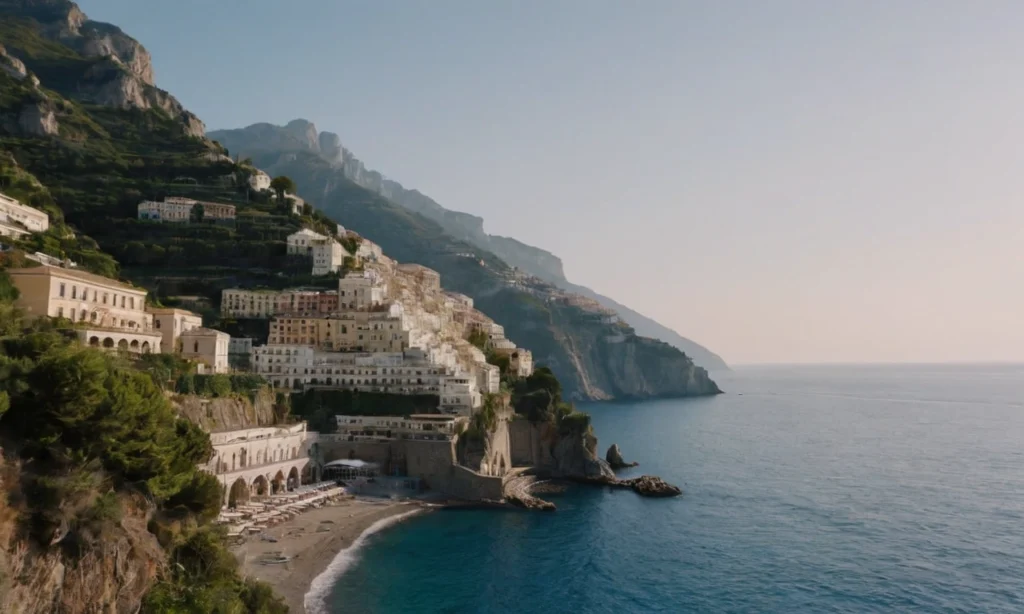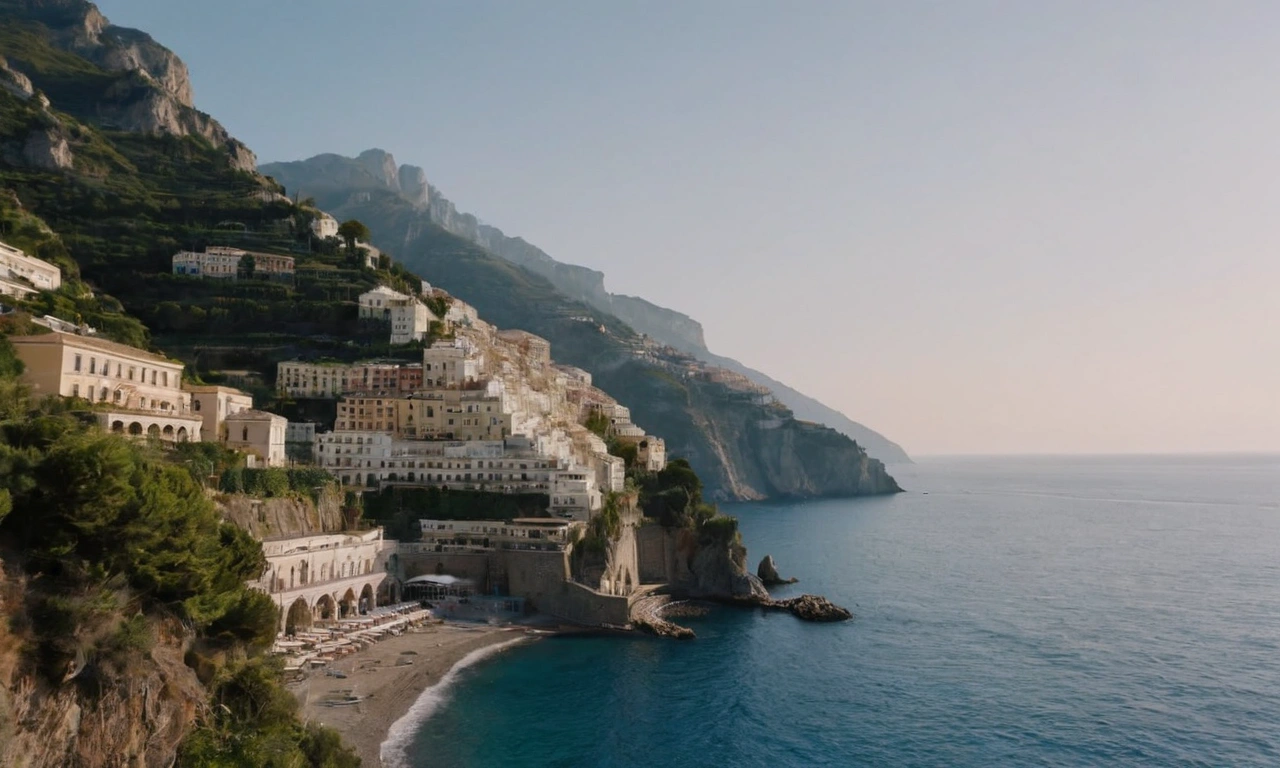The moment I stepped off the winding coastal road, I knew this trip would be different. The Amalfi Coast wasn’t just another destination – it was a living, breathing canvas of color, culture, and raw beauty that defied every postcard I’d ever seen.
My journey started in Positano, a vertical village that seems to cascade down rocky cliffs like a waterfall of pastel-colored houses. Unlike the crowds that swarm the main street, I found my path through narrow staircases that wind between ancient buildings, each step revealing a new perspective of the sparkling Mediterranean below.
A Local’s Approach to Positano
The true magic of Positano lies beyond its Instagram-perfect views. I met Maria, a local artisan who runs a tiny shop tucked away from the main tourist path. Her family has crafted leather sandals here for generations. While other tourists rush through souvenir shops, I spent hours learning about her craft – each sandal tells a story of tradition passed down through three generations.
Local tip: Skip the crowded beach clubs. Instead, walk down to Fornillo Beach, a quieter alternative just a short walk from the main beach. Here, you’ll find local families, crystal-clear water, and a sense of authentic coastal life.
Culinary Secrets of the Coast
Food became my passport to understanding this region. At a small trattoria recommended by Maria, I tasted limoncello that wasn’t the syrupy tourist version, but a family recipe four generations old. Each sip was pure sunshine – sharp, bright, with a depth that spoke of careful crafting.
Lunch was a revelation. Scialatielli – a local pasta – arrived with fresh seafood caught that morning. No fancy plating, just pure, honest flavors that told the story of the coast’s relationship with the sea. The restaurant had no menu – the owner simply brought what was fresh, a tradition that dates back centuries.
Beyond the Beaten Path
Most travelers know Ravello for its famous gardens, but I found my moment of peace in a small vineyard just outside the town. Here, family-owned vineyards produce wines that never leave the region. The owner, an elderly gentleman named Antonio, shared stories of his land while we tasted wine made from grapes grown on terraces carved into impossible slopes.
Practical Travel Wisdom
Transportation along the coast can be challenging. While tour buses crowd the main roads, I discovered the local ferry. It’s cheaper, provides breathtaking views, and connects the coastal towns with a rhythm known only to residents.
Where to Stay:
- Avoid large hotels in the center of Positano
- Look for small family-run bed and breakfasts
- Choose places with terraces that offer genuine coastal views
What to Pack:
- Comfortable walking shoes (the coast is all stairs)
- Light, breathable clothing
- A small backpack for day trips
- Refillable water bottle

The Real Amalfi Coast
This coast is more than a destination. It’s a living story – of families who have lived here for generations, of landscapes carved by nature and human persistence, of traditions that run deeper than the sea itself.
As the sun set, casting golden light on the rocky coastline, I understood something profound. The Amalfi Coast isn’t about perfect photos or checking items off a tourist list. It’s about moments – unexpected conversations, flavors that transport you, views that make you stop and breathe.
My weekend here was a reminder that true travel is never about the destination. It’s about the stories you collect, the people you meet, and the way a place changes you from within.
